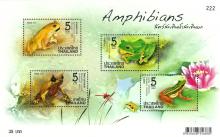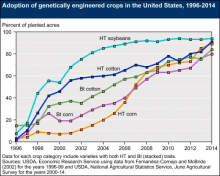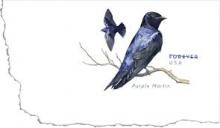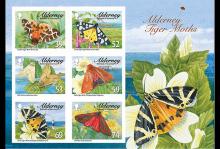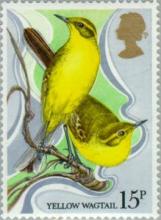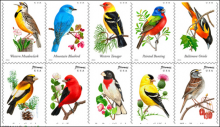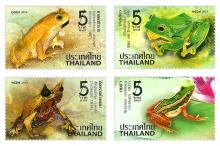Snake fungal disease diagnosed in Georgia - immune suppression by neonics in reptiles?
A mysterious and deadly disease is appearing in Georgia’s bats, and a similar illness was diagnosed in July in a snake, according to state wildlife officials. Bats are dying from the white-nose disease, which has killed an estimated 5.7 million bats and driven one species found in Georgia to the brink of extinction. Now snakes are a concern. The first wild snake in Georgia to be diagnosed with snake fungal disease was found on the edge of a blackwater swamp near Statesboro, and the implication is the disease could be spreading. The fungus associated with white-nose disease shares similarities with the one connected to snake fungal disease, including that it occurs naturally in soil, according to a statement from the Georgia Department of Natural Resources.


